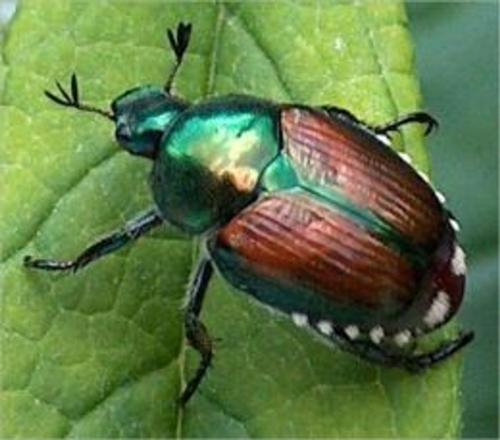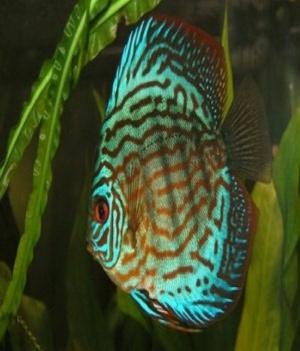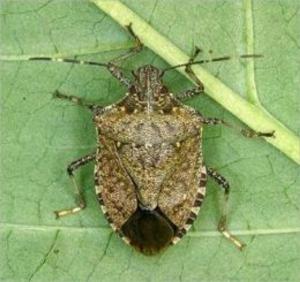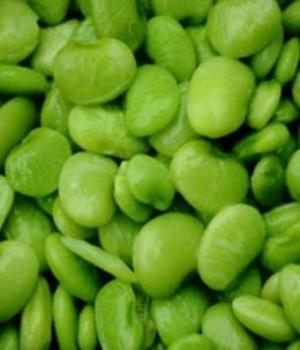A Crash Course on How to Get Rid of Japanese Beetles
Nonfiction, Home & Garden, The Home, Outdoor & Recreational Areas, Science & Nature, Nature, Insects & Spiders, Gardening| Author: | Steve Reeves | ISBN: | 1230000105177 |
| Publisher: | Axel Publishing | Publication: | February 8, 2013 |
| Imprint: | Language: | English |
| Author: | Steve Reeves |
| ISBN: | 1230000105177 |
| Publisher: | Axel Publishing |
| Publication: | February 8, 2013 |
| Imprint: | |
| Language: | English |
A Crash Course on How to Get Rid of Japanese Beetles
The beetle species Popillia japonica is commonly known as the Japanese beetle. It is about 15 millimetres (0.6 in) long and 10 millimetres (0.4 in) wide, with iridescent copper-colored elytra and green thorax and head. It is not very destructive in Japan, where it is controlled by natural predators, but in America it is a serious pest of about 200 species of plants, including rose bushes, grapes, hops, canna, crape myrtles, and others.
It is a clumsy flier, dropping several centimeters when it hits a wall. Japanese beetle traps therefore consist of a pair of crossed walls with a bag underneath, and are baited with floral scent, pheromone, or both. However, studies done at the University of Kentucky suggest traps attract more beetles than they actually trap, thus causing more damage along the flight path of the beetles and in the vicinity of the trap than may have occurred if the trap were not present.
These insects damage plants by skeletonizing the foliage, that is, consuming only the leaf material between the veins.
Scroll up... and click on "Buy Now" to deliver almost instantly to your Kobo or other reading device.
A Crash Course on How to Get Rid of Japanese Beetles
The beetle species Popillia japonica is commonly known as the Japanese beetle. It is about 15 millimetres (0.6 in) long and 10 millimetres (0.4 in) wide, with iridescent copper-colored elytra and green thorax and head. It is not very destructive in Japan, where it is controlled by natural predators, but in America it is a serious pest of about 200 species of plants, including rose bushes, grapes, hops, canna, crape myrtles, and others.
It is a clumsy flier, dropping several centimeters when it hits a wall. Japanese beetle traps therefore consist of a pair of crossed walls with a bag underneath, and are baited with floral scent, pheromone, or both. However, studies done at the University of Kentucky suggest traps attract more beetles than they actually trap, thus causing more damage along the flight path of the beetles and in the vicinity of the trap than may have occurred if the trap were not present.
These insects damage plants by skeletonizing the foliage, that is, consuming only the leaf material between the veins.
Scroll up... and click on "Buy Now" to deliver almost instantly to your Kobo or other reading device.















